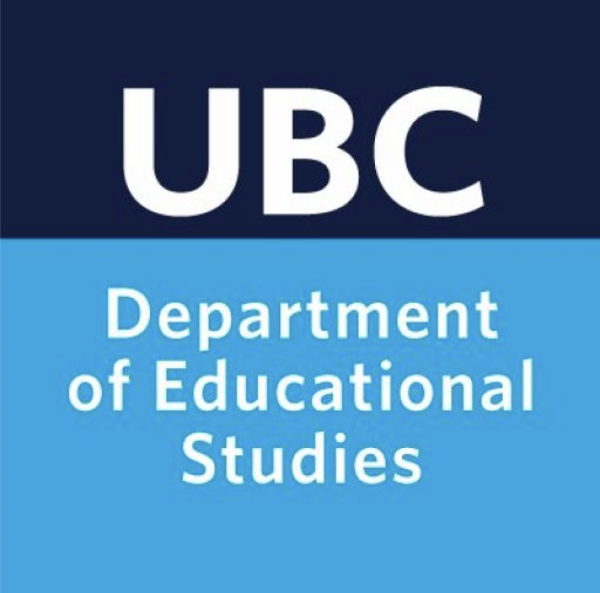Part 9 of the 10-part EDST Dissertation Training Series
By Ella Wright | Blog Editor, EDST | Insights from Dr. Autumn Knowlton
Coming Full Circle
The Conclusion chapter may feel like the finish line, but it’s not just about wrapping up. It is where you return to the beginning, reflect on your journey, and explain why your work matters.
Dr. Autumn Knowlton described the Conclusion as a mirror of your Introduction. You began by planting seeds—now you are showing what has grown. This is your chance to:
- Restate your research question and answer it clearly.
- Highlight your SOCK (Significant Original Contribution to Knowledge).
- Offer implications, limitations, and future directions.
Say It Clearly: What Did You Do?
In this chapter, you tell the reader:
- This is what I did.
- This is why I did it.
- This is why it matters.
It might feel uncomfortable to talk about your own contribution—especially after years of citing others. But this is the moment to stand in your scholarly voice and claim your work.
“The Conclusion chapter is hard in a different way, because you’re talking about how special you are, which is uncomfortable for many students stepping into the role of ‘scholar’.”
You are not boasting. You are helping future researchers, educators, and community members understand what your work offers.
What Makes a Good Conclusion?
A strong Conclusion chapter includes:
- A summary of your key findings.
- A clear statement of your SOCK—what you contributed.
- Implications for your field, practice, or policy.
- Limitations of your study (what you couldn’t control).
- Future research directions—what could come next.
Implications and Contributions
Ask yourself:
- What new theory, framework, or concept did I introduce or develop?
- What advocacy, policy, or practice could be informed by my work?
- What gap in the research did I address?
You don’t have to change the world, but you do need to show that your work matters beyond this document.
Limitations vs. Delimitations
Dr. Knowlton clarified the difference:
- Limitations are factors you couldn’t control (e.g., sample size, time constraints).
- Delimitations are choices you made to narrow the scope (e.g., focusing on two case studies).
Be honest about both. This shows integrity and critical thinking.
Future Directions: Envisioning What’s Next
You might not be ready to plan your next project, but this is your chance to open the door for others. Consider:
- What new research questions emerged?
- What studies could build on your work?
- How could your findings be expanded in different contexts?
Try to consider answering: “Here’s what I did. Here are the limitations. Another researcher might do this…”
This section shows your vision—and it is useful for job talks, proposals, or future writing.
Ending Well
Some students end with a formal summary. Others reflect on their research journey or call for further action. Either is fine—as long as you are clear, focused, and intentional.
It’s ok to say: “This is all I’ve got now. I’ll see you later.” It’s also okay to end with what you’ve learned and what you hope will come next.
Key Takeaways
- The Conclusion brings everything full circle—what you did and why it matters.
- State your SOCK clearly—this is your moment.
- Include implications, limitations, and future research directions.
- Be honest, reflective, and own your scholarly voice.
- Help the reader understand what comes next—for you or for others.
Explore the Full Dissertation Training Series
- Overview Post – About the Workshops and Series
- Part 1 – Not a Book, Not a Mystery: What Your Dissertation Really Is
- Part 2 – From Jumble Sale to Funnel: Planning Your Dissertation for Clarity and Flow
- Part 3 – Hold the Target, Not the Dart: Crafting and Evolving Your Research Questions
- Part 4 – Conversations, Not Catalogues: Writing a Literature Review with Purpose
- Part 5 – Kitchen Rules: Conceptual and Theoretical Frameworks Explained
- Part 6 – You Are the Method: Positionality, Ethics, and Making Knowledge
- Part 7 – Sock Time: Presenting Your Findings with Clarity and Confidence
- Part 8 – Weaving the Threads: Discussion and Meaning-Making
- Part 9 – What I Did, Why It Matters: Writing Your Scholarly Conclusion
- Part 10 – Don’t Go in Circles: Writing, Editing, and Staying Sane
Resources
Dissertation Preparation and Policies
- UBC Grad Studies – Getting Started:
https://www.grad.ubc.ca/current-students/dissertation-thesis-preparation - Style Guides and Computer Tools:
https://www.grad.ubc.ca/current-students/dissertation-thesis-preparation/style-guides-computer-tools
Writing Support and Self-Guided Modules
- EDST Thesis Writing Module:
https://thesismodules.edst.educ.ubc.ca/ - Developing a Dissertation (EDST Module):
https://thesismodules.edst.educ.ubc.ca/module-library/developing-a-dissertation/ - UBC Library Dissertation Guide:
https://guides.library.ubc.ca/dissertation
Free One-on-One Writing Support
- UBC Writing Consultations for Graduate Students (writing and referencing help):
https://writing.library.ubc.ca/graduates/writing-consultations/
Workshop Recording and Presenter
- Click to view Dr. Autumn Knowlton’s workshop presentation slides.
- Dr. Autumn Knowlton – (Re)Visions Website: https://www.autumnrevisions.com/
Explore More
UBC EDST students can access free tools and support through the Thesis Writing Module and the Developing a Dissertation module. For writing and referencing help, book a free graduate writing consultation.


Leave a Reply